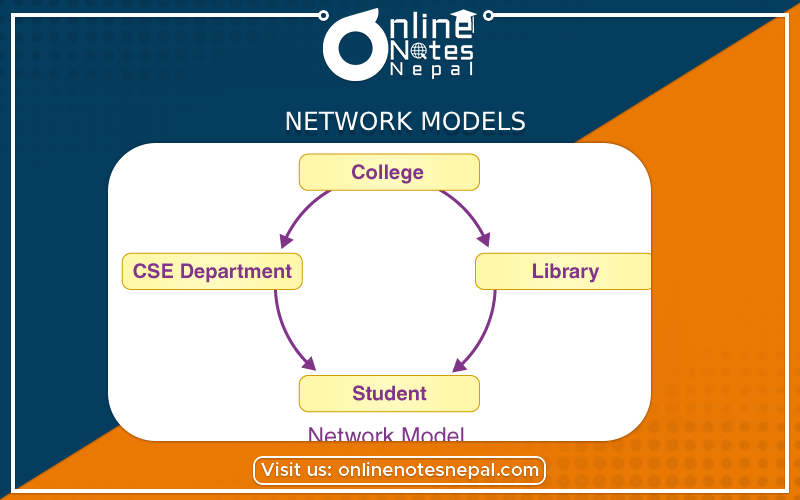Published by: Anu Poudeli
Published date: 04 Jul 2023

The term "network models" refers to a variety of computational and mathematical representations used to research and examine intricate systems with interconnected parts. These models aid in our comprehension of the dynamics, interactions, and behavior found in a variety of networks, including social, computer, transportation, and biological ones. We'll look at a few popular network model types here:
1. Graph Theory
Graph theory serves as the basis for network modeling. It focuses on the investigation of graphs, which are made up of nodes (vertices) and edges (connections) connecting those nodes. The fundamental ideas and methods for analyzing and describing the structure and characteristics of networks are provided by graph theory. Degrees of nodes, routes, cycles, connectedness, and centrality metrics are a few basic notions in graph theory.
2. Random Graph Models
Random graph models are used to investigate the characteristics of networks produced by probabilistic techniques. The Erds-Rényi model, in which each potential edge between nodes is present independently and with a fixed probability, is one of the most well-known random graph models.
3.Scale-free Networks:
In scale-free networks, a small number of nodes with many connections, or "hubs," are present alongside a huge number of nodes with few connections. For node degrees, these networks adhere to a power-law distribution. A well-liked technique for creating scale-free networks is the Barabási-Albert model.
4.Small-World Networks:
Small-world networks have the property that most nodes can be reached by taking a limited number of intermediary steps rather than being directly connected. Small-world networks are frequently created using the Watts-Strogatz model by randomly rewiring the edges of a normal network.
5. Social Network Analysis
Social Network Analysis (SNA) is a specific branch of network modeling that focuses on analyzing connections between people or other entities in social systems. Key actors, communication trends, and the general structure of social networks are all made easier by SNA.
6. Diffusion Models
Diffusion models investigate how knowledge, power, or diseases spread throughout a network. Understanding epidemics, viral marketing, and the dynamics of innovation adoption in social networks requires the use of these models.
7.Percolation models:
Percolation models investigate how a disease spreads inside a network. It aids in the analysis of network resilience and robustness against arbitrary failures or deliberate attacks.
8.Agent-Based Models (ABMs):
Agent-based models replicate individual agents' (entities') behavior as well as how they interact with one another in a network. These models are frequently employed in the study of emergent behaviors and complex systems in the social sciences, economics, and biology.
9.Spatial Networks:
Spatial networks involve nodes and edges embedded in a physical space. Examples include transportation networks (roads, railways), power grids, and communication networks with geographical constraints.
10.Biological Networks:
Biological networks model interactions between biomolecules (genes, proteins, metabolites) in living organisms. These models play a crucial role in systems biology and help understand cellular processes and disease mechanisms.
Overall, network models provide valuable insights into the structure, dynamics, and functioning of various complex systems, enabling us to make informed decisions and predictions in diverse fields.